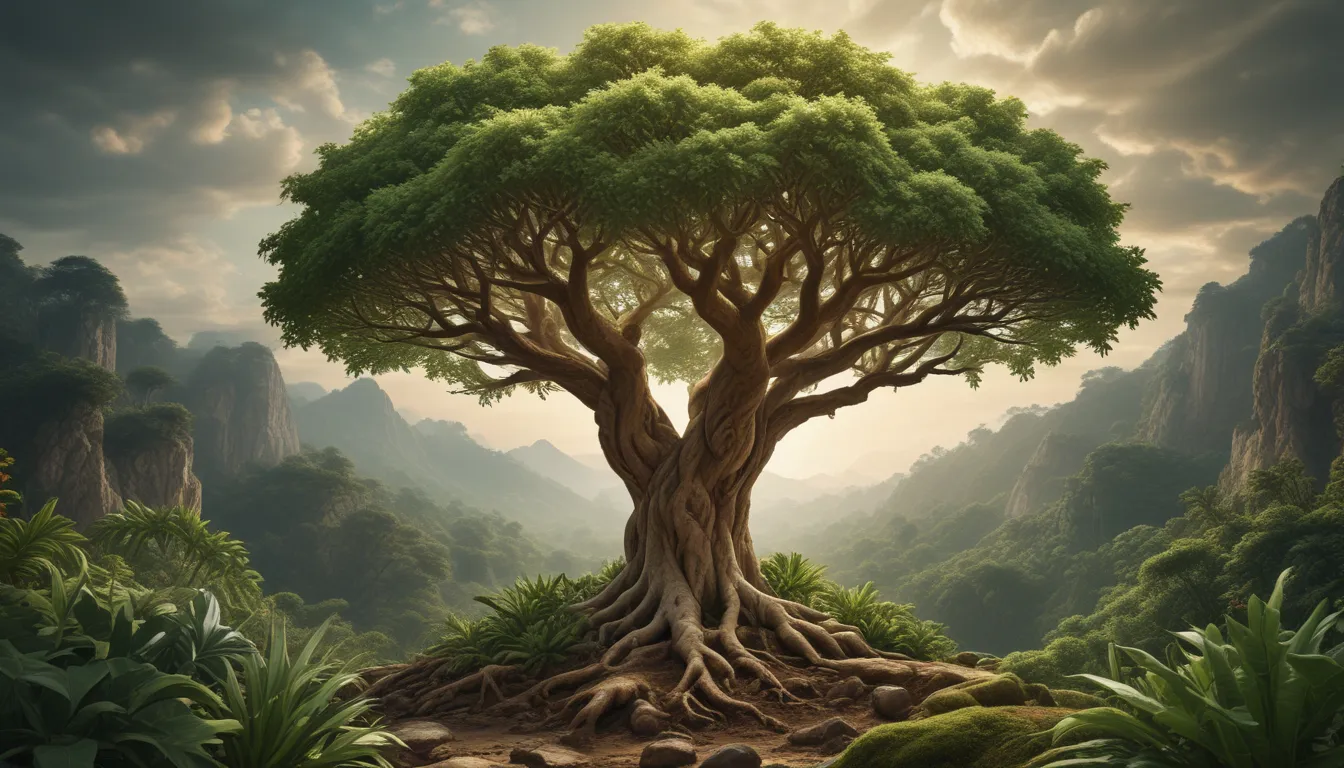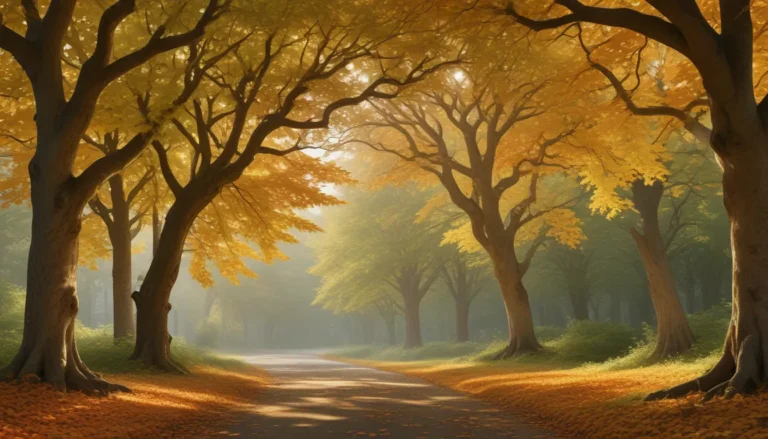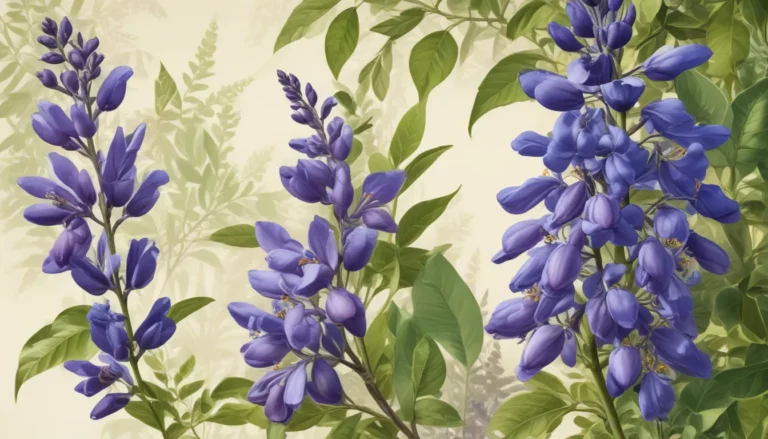The pictures we use in our articles might not show exactly what the words say. We choose these pictures to make you interested in reading more. The pictures work together with the words but don’t take their place. The words still tell you the important facts.
Welcome to the enchanting world of century plants, where resilience, beauty, and rich history converge to create a truly captivating botanical experience. Contrary to their misleading name, these remarkable succulents do not take a century to bloom. Join us on a journey as we unearth 16 fascinating facts about century plants that will leave you in awe of their unique characteristics and impressive survival strategies.
Unveiling the Mystique of Century Plants
1. The Century Plant is not Truly Centuries Old:
Contrary to popular belief, the Century Plant does not require a hundred years to bloom. Instead, these plants typically take between 10 to 30 years to produce a magnificent flowering stalk that can reach up to 30 feet in height.
2. A Spectacular Showcase of Flowers:
When the Century Plant finally blooms, it unveils a striking cluster of yellow flowers atop its towering stalk. This flowering spectacle can last for several months, attracting a diverse array of pollinators such as bats, bees, and birds.
3. A Survivor in Harsh Environments:
Thriving in arid climates, Century Plants have adapted to withstand prolonged droughts by storing water in their thick, fleshy leaves. From scorching desert heat to freezing cold, these resilient plants can endure extreme temperature fluctuations with ease.
4. Diverse Uses and Cultural Significance:
Throughout history, humans have found multiple uses for Century Plants. From crafting ropes and mats using their fibers to fermenting their sap for alcoholic beverages like pulque and mezcal, these plants hold significant cultural and practical value.
Exploring the Enduring Charm of Century Plants
5. Symbolism of Strength and Resilience:
In Mexican folklore, the Century Plant symbolizes durability, tenacity, and the ability to overcome adversity. It is revered as a symbol of steadfastness and resilience in the face of challenges.
6. Formidable Spines for Defense:
Adorned with sword-like leaves lined with sharp spines, the Century Plant employs these formidable defenses to deter grazing animals and protect itself from potential threats.
7. A Haven for Pollinators:
The vibrant flowers of Century Plants attract a diverse range of pollinators, including bats, hummingbirds, bees, and butterflies. These nectar-rich blooms serve as vital food sources for the wildlife in their ecosystem.
8. Innovative Reproduction Methods:
In addition to reproducing through seeds, Century Plants can produce offsets or "pups" at the base of the plant. These smaller clones can be separated to create new individual plants, ensuring their continued propagation.
A Closer Look at the Marvels of Century Plants
9. Cultivation and Adaptable Nature:
While native to North and Central America, Century Plants have successfully been introduced to regions worldwide, including Europe, Australia, and South Africa. Their adaptability and low maintenance make them popular choices for diverse landscapes.
10. Architectural Marvels in Gardens:
With their symmetrical rosette structure and towering flowering stalks, Century Plants add a bold and dramatic element to garden designs, creating visually striking focal points.
11. Longevity in Gardens:
While individual rosettes of Century Plants may not live for centuries, they can survive for many decades, producing offsets even after the main plant has completed its lifecycle.
12. Drought-Tolerant Beauty:
Due to their water-storing capabilities and ability to thrive in arid conditions, Century Plants are ideal choices for xeriscaping and low-water landscaping, requiring minimal irrigation.
The Legacy and Enduring Allure of Century Plants
13. Leave a Lasting Impression:
Whether admired for their vibrant flowers, revered for their cultural significance, or appreciated for their adaptability, Century Plants always leave a lasting impression on those who encounter them.
14. Educational and Awe-Inspiring:
Exploring Century Plants provides a valuable opportunity to learn about their unique life cycle, ecological importance, and rich history of human interaction, making it a fascinating and educational experience.
15. Valuable Contributions to the Ecosystem:
From providing nectar to pollinators to serving as habitats for diverse wildlife, Century Plants play an essential role in their ecosystem, contributing to biodiversity and ecological balance.
16. A Tribute to Nature’s Resilience:
In conclusion, Century Plants stand as testaments to nature's resilience, adaptability, and enduring beauty. Whether you are a plant enthusiast, a gardener, or simply a curious explorer of the natural world, the wonder of Century Plants is sure to captivate and inspire you.
Frequently Asked Questions
-
How long does it take for a century plant to bloom?
The Century Plant typically takes between 10 to 30 years to bloom, showcasing its stunning yellow flowers. -
Do century plants really live for just one century?
No, Century Plants can live for several decades, with some specimens surviving for 50 years or more. -
Are century plants dangerous?
While they have sharp spines, Century Plants are not inherently dangerous but should be handled with caution. -
Can century plants be grown in a home garden?
Yes, with proper care and specific conditions, Century Plants can thrive in home gardens, adding unique beauty to the landscape. -
Are all century plants the same?
No, there are various species of Century Plants, each with distinct characteristics and adaptations that set them apart.
Final Thoughts
As you delve into the world of Century Plants, may you find yourself enraptured by their beauty, resilience, and enduring charm. These remarkable succulents serve as reminders of nature's ingenious designs and the intricate balance that sustains life on our planet. From their striking appearance and cultural significance to their ecological importance and adaptability, Century Plants offer a glimpse into the wonders of the natural world. Embrace the opportunity to explore, learn, and appreciate the remarkable journey of these extraordinary plants.






